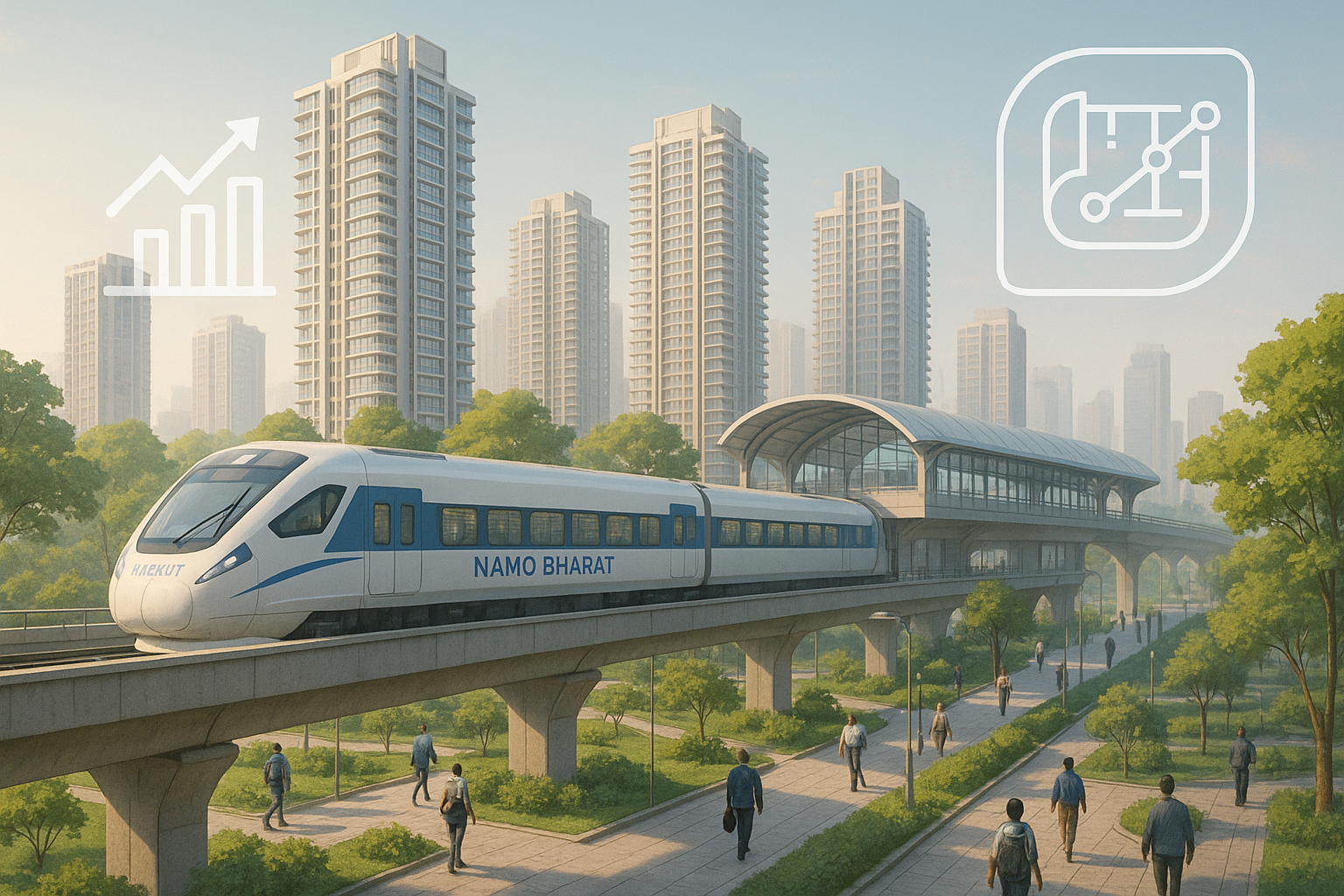India’s Military-Scientific Edge: How to Outpace China, Turkey, and Pakistan
In today’s unpredictable world, maintaining a strong military isn’t just about having more tanks or bigger bombs. It’s about thinking ahead, innovating fast, and being smarter in everything — from technology to strategy. With countries like China, Turkey, and Pakistan rapidly advancing their military capabilities, India needs to seriously look at how its Military-Scientific Complex (MSC) can keep up — and leap ahead.
So how does India get future-ready? Let’s break it down.
Why Staying Ahead Matters Now More Than Ever
Geopolitical tensions are rising globally. Look at what’s happened in Ukraine and the Middle East. Military power now isn’t just about fighting wars — it’s about deterring them in the first place.
When countries like China show off hypersonic missiles or Pakistan adds nuclear delivery systems, the world pays attention. For India, being proactive rather than reactive in defense technology is not optional — it’s essential.
So, what’s at stake? Simple. India needs to:
- Protect its borders from increasingly advanced threats
- Strengthen its place in global geopolitics
- Ensure long-term national and regional security
The Current Landscape: Where India Stands
India has undeniably made big strides in defense — think of the AGNI missile program or the launch of INS Vikrant, the first domestically built aircraft carrier. However, the pace of innovation and delivery often lags behind time-sensitive needs. One of the biggest challenges? A slow, bureaucratic system that often stifles progress.
Meanwhile, China’s defense industry functions more like a start-up than a government office — quick, mission-driven, and constantly experimenting. Pakistan and Turkey, too, are stepping up with new drones, AI-powered systems, and tactical weapons.
Let’s be honest: India can’t afford to move at yesterday’s pace anymore.
The China Factor: A Wake-Up Call
China isn’t just building missiles and warships — it is revolutionizing warfare. From quantum communication systems to AI-based surveillance and cyber warfare, China has pushed military science right into the future. This isn’t just about big defense budgets — it’s about how they’ve integrated cutting-edge research with real-world application.
Now, put this into perspective: It’s not that India lacks the talent; it’s what India does with it.
What India’s Military-Scientific Complex Must Do
So how does India shift gears and turn its massive potential into real-world power? Here are six concrete steps.
1. Accelerate Research-To-Combat Pipeline
Let’s say an Indian lab creates a prototype of a high-tech drone. Right now, it might take years to turn that prototype into something usable in the field. Why? Red tape, outdated procurement channels, and lack of private partnerships.
What India needs is a smart, agile system that fast-tracks promising ideas from the lab to the battlefield.
- Fast-track testing and deployment for promising prototypes
- Minimize bureaucratic layers
- Use pilot projects to validate high-impact ideas
2. Support Startups and Private Defense Innovators
India’s startup ecosystem is booming. But how many are working directly with the defense sector? Not enough.
Imagine if Indian tech startups building drones or cybersec tools had simplified access to the military’s real-world needs — it would be a win-win.
- Open defense tenders to startups and SMEs
- Create “Innovation Sandboxes” for real-time testing
- Provide funding through public-private grants and venture arms
3. Build a Culture of Experimentation
China and the U.S. often try hundreds of test systems, only fielding the few that work. India tends to bet everything on a few multi-year projects — which makes experimentation risky.
Instead, India needs to adopt a test-and-learn approach. Think of it like this: What if India could pilot 50 mini tech systems, fail 30, but get 5 to evolve into full-fledged capabilities?
Fail fast. Learn faster.
4. Reboot DRDO and Defense PSUs
As crucial as agencies like DRDO (Defense Research and Development Organization) are, they need to evolve faster. Right now, there’s too much duplication, too many committees, and not enough accountability.
What’s needed?
- More cross-functional teams involving engineers, field users, and AI specialists
- Time-bound milestones for critical projects — no more endless delays
- Performance-based funding with transparent tracking
5. Integrate AI, Space Tech, and Cyber Capabilities
Let’s face it, the next big battle may not be fought with guns — it might be a cyberattack on power grids or drone swarms editing GPS data in real time.
AI, satellites, cyber warfare — these aren’t “futuristic” anymore. They are today’s weapons. India must develop military applications with:
- Artificial Intelligence (predictive analytics for threats)
- Space-based surveillance and secure communications
- Offensive and defensive cyber tech
6. Encourage Global Partnerships — Without Dependency
India shouldn’t try to “make everything at home” just for the sake of it. Doing so slows progress. Rather, a smart approach would be to build what’s critical locally — and source the rest with the freedom to innovate.
International tie-ups should:
- Bring in cutting-edge R&D — not just final products
- Include tech transfer deals
- Allow co-development and joint intellectual property rights
What Can Everyday Indians Do?
All this talk about defense strategy might sound distant. But even regular citizens have a role.
How? By supporting policy that promotes innovation, transparency, and tech education. By encouraging kids to explore STEM fields. By following defense advancements not through the lens of war, but through the promise of building a safer, stronger nation.
Imagine this: An Indian college student today builds an AI system that ends up strengthening our border surveillance. That’s the power of civic support and curiosity.
Final Thoughts: The Future Is Already Here
India doesn’t have to copy what others are doing — it must create a unique playbook that fits its strength: a massive tech workforce, a growing economy, and strategic geographic positioning.
But here’s the real takeaway: Military strength today is not just about battleships and fighter jets. It’s about speed, innovation, and integration of science with purpose.
To stay ahead of the Pakistan-Turkey-China axis, India needs to modernize both mindset and machinery. And the time to do that?
Right now.
So, what do you think? Can India innovate fast enough to lead the way? Let us know your thoughts in the comments!
SEO Tags:
Keywords: India military strategy, Indian defense technology, China military competition, DRDO reforms, defense startups in India, cyber warfare India, India AI defense, Indian Missile Program, Military-Scientific Complex India
Meta Description: Discover how India’s military-scientific complex can outpace China, Turkey, and Pakistan through innovation, speed, and strategic collaboration in defense and technology.
Word Count: ~1,050 words













